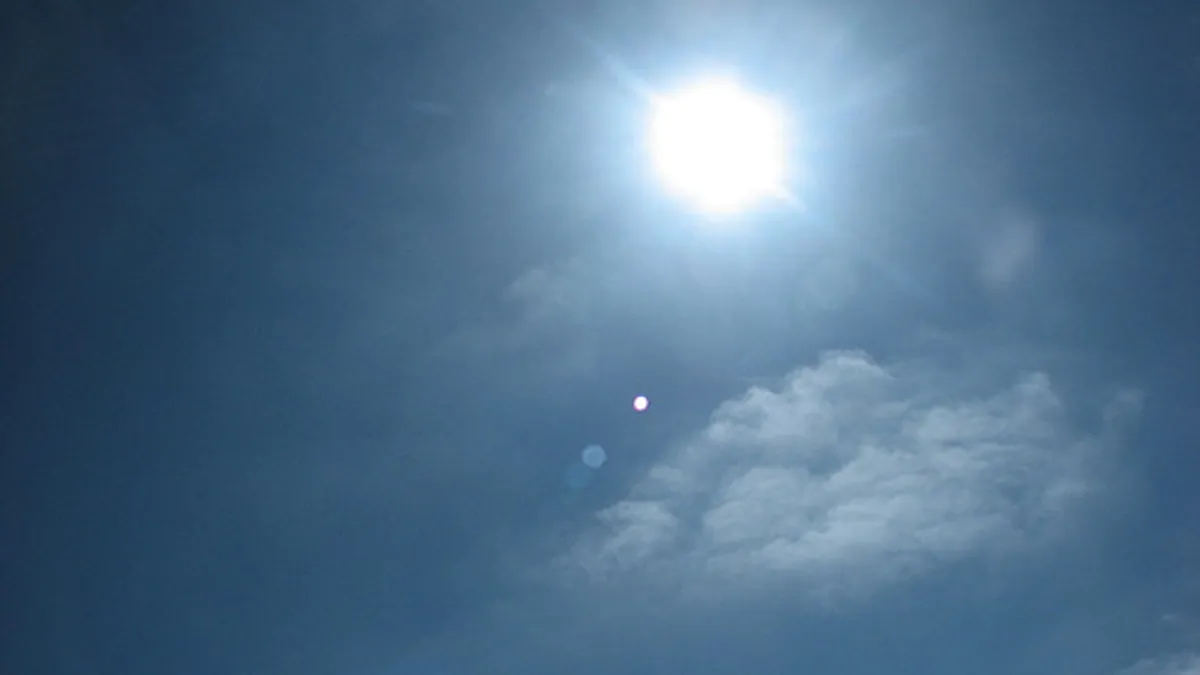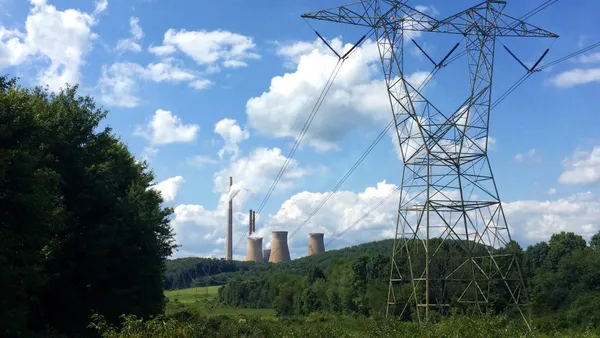Dive Brief:
-
A heat wave is stressing power systems in Arizona and California, but so far power supplies have remained steady.
-
Temperatures of nearly 120°F led three Arizona utilities to hit a record on Tuesday. Arizona Public Service broke its 11-year old record by hitting peak demand of 7,350 MW, Salt River Project hit a new peak record of 7,129 MW, and Tucson Electric Power set a peak demand record of 2,395 MW.
- The hot weather also had grid managers on watch in California, but peak demand fell short of records, with peak demand on the state’s grid hitting 41,753 MW, far short of the 50,270 MW record set in 2006.
Dive Insight:
The big reliability test for most utilities comes in the summer when temperatures soar and air conditioners kick on. Despite a heat wave that broke records in some parts of Arizona, most utilities in California and Arizona did not report outages that were beyond normal.
“We’re in pretty good shape, knock on wood,” California ISO spokesperson Steven Greenlee told SF Gate. “We’ve had no major outages, either from generation or transmission.”
California on Tuesday issued a Flex-Alert, asking consumers to voluntarily reduce electricity use if possible.
Arizona utilities, however, did not and were able to maintain reliability despite the cooling load. Utility officials said the increased rooftop solar in their service areas helped push peak demand later into the day.
Arizona Public Service has about 632 MW of rooftop solar installed in its territory, while Salt River Project has about 106 MW.
For APS average peak demand between June and August used to occur around 4:30 p.m.
“In 2016, our average peak during the summer months occurred around 5:15 p.m. While we will not have the average peak time for 2017 until the fall, we believe that the peak will continue to migrate to later in the day,” APS spokeswoman Annie DeGraw told AZ Central.
As more solar systems are installed on customers’ roofs, Arizona utilities expect peak demand to be pushed later into the day.
This post has been updated to remove a reference to reduced demand at Arizona utilities due to rooftop solar. In fact, the solar growth has pushed the peak later into the evening, when solar panels generate less.













